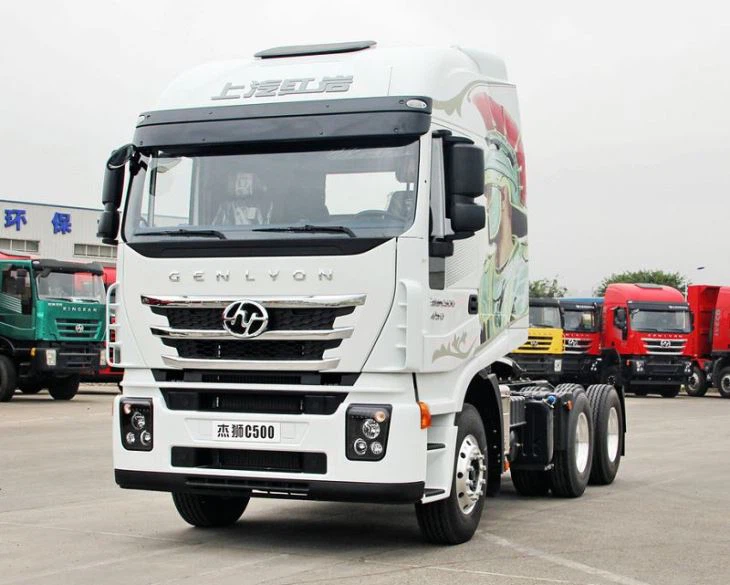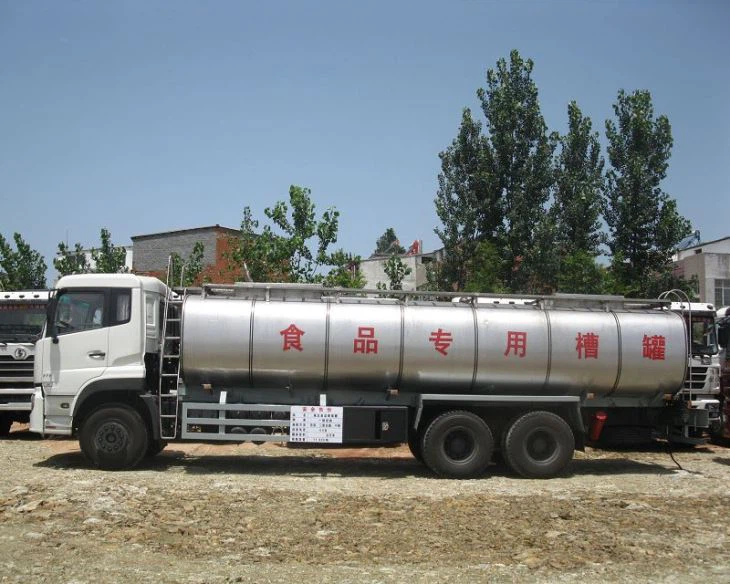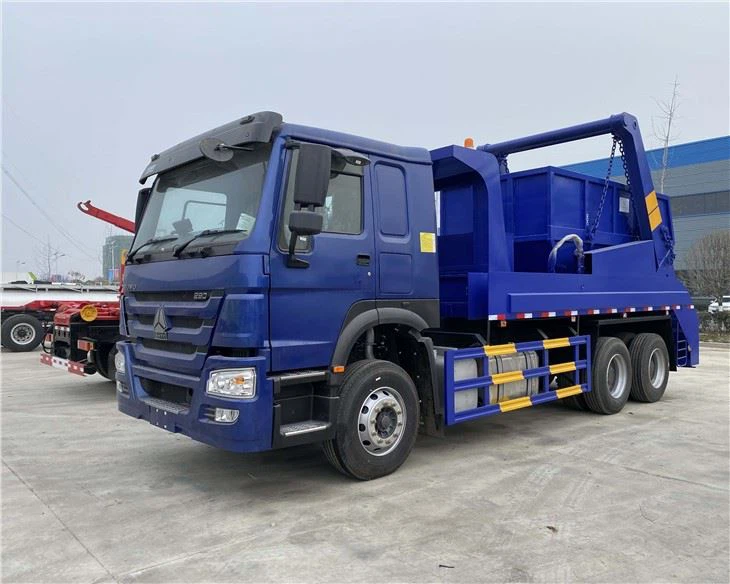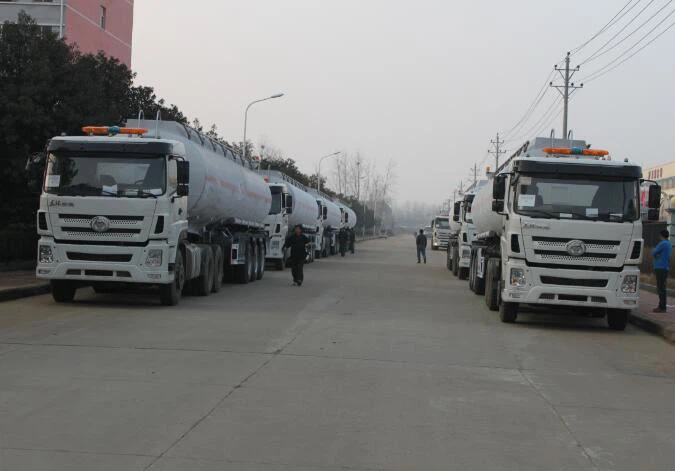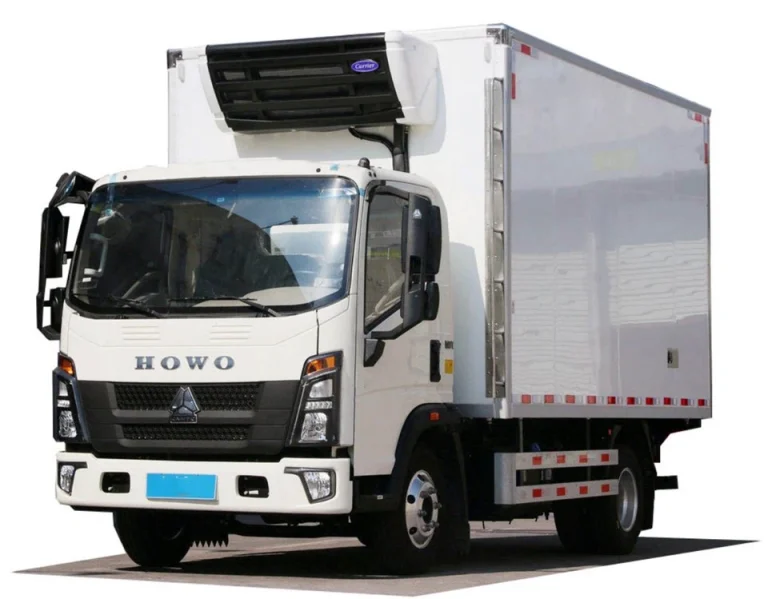The importance of fire department tools cannot be understated. From extinguishing fires to conducting rescues, these tools are designed to protect firefighters and the communities they serve. This article will explore the various tools used by fire departments, their functions, and the importance of each tool in firefighting operations.
Understanding Fire Dept Tools
Fire departments rely on a vast array of tools to handle emergencies. Below, we’ll discuss the different categories of tools and their specific applications.
1. Fire Suppression Tools
Fire suppression tools play a vital role in extinguishing flames and preventing the spread of fire. These tools can vary from handheld devices to larger apparatus equipped with specialized technology.
1.1 Fire Extinguishers
Fire extinguishers are portable devices that can be used to extinguish small fires. They come in various classes, such as:
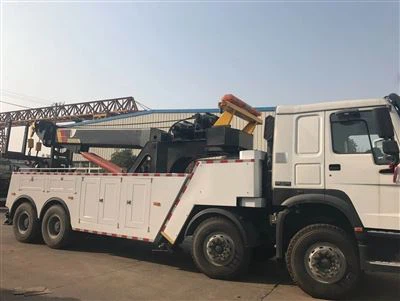
- Class A: For ordinary combustibles like wood and paper.
- Class B: For flammable liquids like gasoline and oils.
- Class C: For electrical fires.
1.2 Fire Hoses
Fire hoses are the backbone of firefighting efforts. They are used to deliver water from a hydrant or other source to the fire. Common types include:
- Attack Hoses: Used to combat active fires.
- Supply Hoses: Transport water from the source to the fire scene.
1.3 Nozzles
Nozzles control the direction and flow of water. Different types of nozzles can produce various spray patterns, making them versatile tools in firefighting.
2. Rescue Tools
In addition to fire suppression, rescue tools are crucial for saving lives. These tools help firefighters reach victims and remove them from dangerous situations.
2.1 Hydraulic Rescue Tools
Commonly known as “Jaws of Life,” these tools are used for cutting, spreading, and lifting during rescues, especially in vehicle accidents.
2.2 Ladders
Ladders are essential for accessing elevated areas. Fire departments use a range of ladders:
- Ground Ladders: Portable ladders carried in fire trucks.
- Aerial Ladders: Fixed ladders mounted on fire trucks, capable of reaching great heights.
3. Firefighting Apparatus
Firefighting apparatus refers to the vehicles specifically designed for firefighting operations. These trucks are equipped with various tools and equipment.
3.1 Fire Engines
Fire engines are typically equipped with water tanks, hoses, and firefighting tools. They are primarily responsible for transporting firefighters to the scene and providing water supply.
3.2 Ladder Trucks
Ladder trucks come with a large extendable ladder to help reach high places and rescue individuals trapped in buildings.
4. Personal Protective Equipment (PPE)
Firefighting is a dangerous job, and possessing proper PPE is essential for safety. PPE includes:
4.1 Firefighter Turnout Gear
This includes jackets, pants, and boots designed to protect against heat and flames.
4.2 Helmets
Firefighter helmets protect the head from falling debris and extreme heat.
4.3 Gloves and Hoods
These protect hands and neck areas from burns and other injuries.
5. Communication Tools
Effective communication is essential during emergency operations. Fire departments utilize specific communication tools such as:
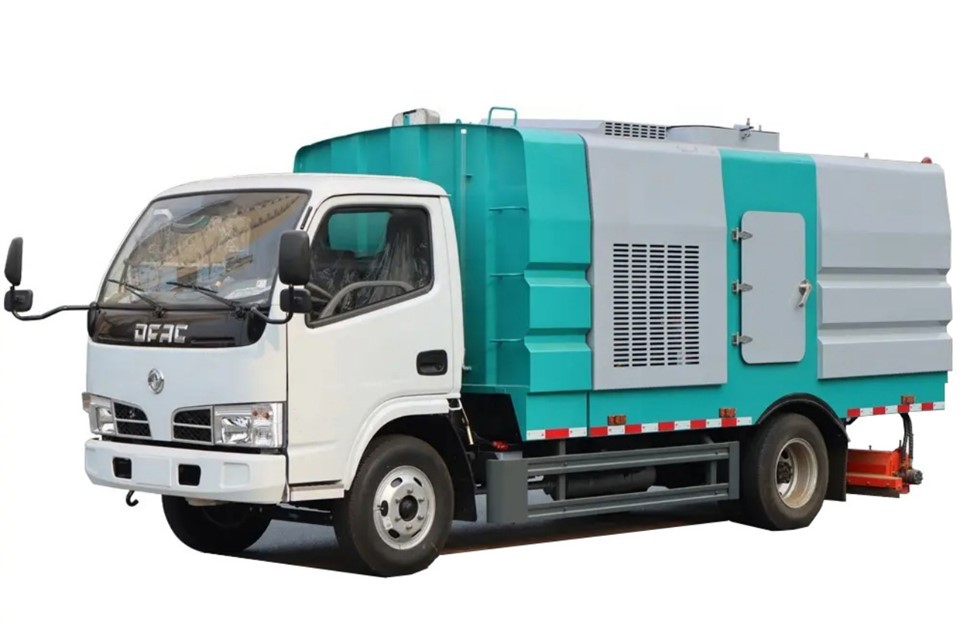
5.1 Two-Way Radios
Two-way radios allow teams to stay in contact with each other during operations.
5.2 Mobile Data Terminals (MDT)
MDTs provide firefighters with real-time information about emergencies, including maps and resource locations.
6. Fire Prevention and Inspection Tools
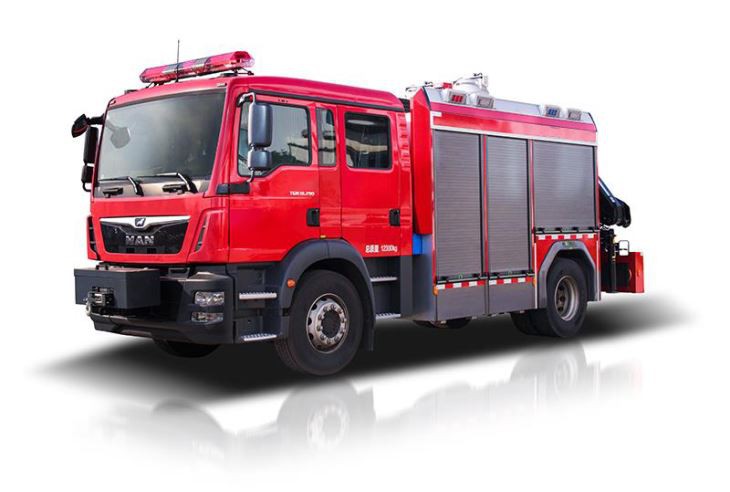
Beyond fighting fires, fire departments conduct inspections and educate the public on fire safety. Some of the tools they use include:
6.1 Fire Hose Testing Equipment
Fire departments routinely test hoses for leaks and damage, ensuring they are ready for use during an emergency.
6.2 Smoke Detectors and Fire Alarms
These are installed in residential and commercial properties to alert occupants of smoke or fire, allowing for timely evacuation.
7. Training Tools
Fire departments invest in training tools to ensure that personnel are well-equipped to handle various emergencies. This includes:
7.1 Fire Simulator
Fire simulators create realistic training scenarios for firefighters to practice responses and tactics safely.
7.2 Self-Contained Breathing Apparatus (SCBA)
SCBA is critical for training, as it simulates the conditions firefighters will face in smoke-filled environments.
8. Maintenance and Inspection Equipment
To prolong the life of their tools and ensure safety, fire departments utilize maintenance equipment.
8.1 Tool Inspection Kits
Inspection kits help firefighters perform regular checks on equipment, ensuring all tools are in optimal condition.
8.2 Cleaning Supplies
Regular cleaning of tools and equipment helps prevent corrosion and damage, ensuring longevity and reliability.
Practical Tips for Using Fire Dept Tools
To maximize effectiveness and ensure safety, here are some practical tips for using fire department tools:
- Always check equipment before use. Regular maintenance is key to ensuring functionality.
- Train frequently with tools to build muscle memory and familiarity.
- Communicate clearly with team members when using complex tools to avoid accidents.
- Stay informed about the latest tools and improvements in firefighting technology.
FAQs About Fire Dept Tools
1. What are the most essential tools used by firefighters?
The most essential tools include fire hoses, fire extinguishers, ladders, and personal protective equipment (PPE).
2. How often should firefighting equipment be inspected?
Firefighting equipment should be inspected regularly, typically annually and after each use.
3. How do firefighters train to use these tools?
Firefighters undergo extensive training, which often includes practical drills, simulations, and classroom education.
4. Can I purchase fire department tools for personal use?
Some tools like fire extinguishers can be purchased for personal use, but specialized equipment typically requires training and certification.
5. What is the role of technology in firefighting tools?
Technology enhances firefighting tools by improving efficiency, communication, and access to real-time information during emergencies.
6. How can fire departments improve their tool inventory?
Fire departments can improve their inventory by assessing local needs, investing in modern technology, and regularly updating equipment based on industry standards.

